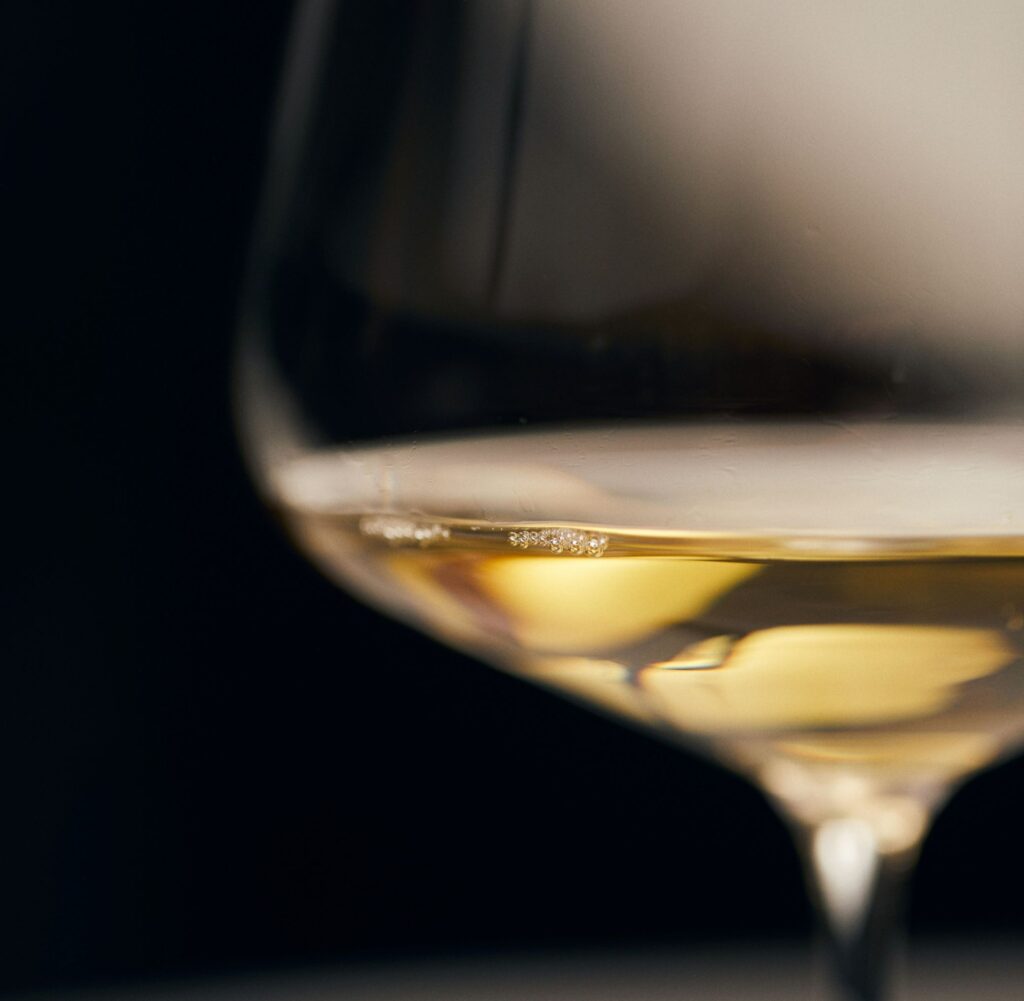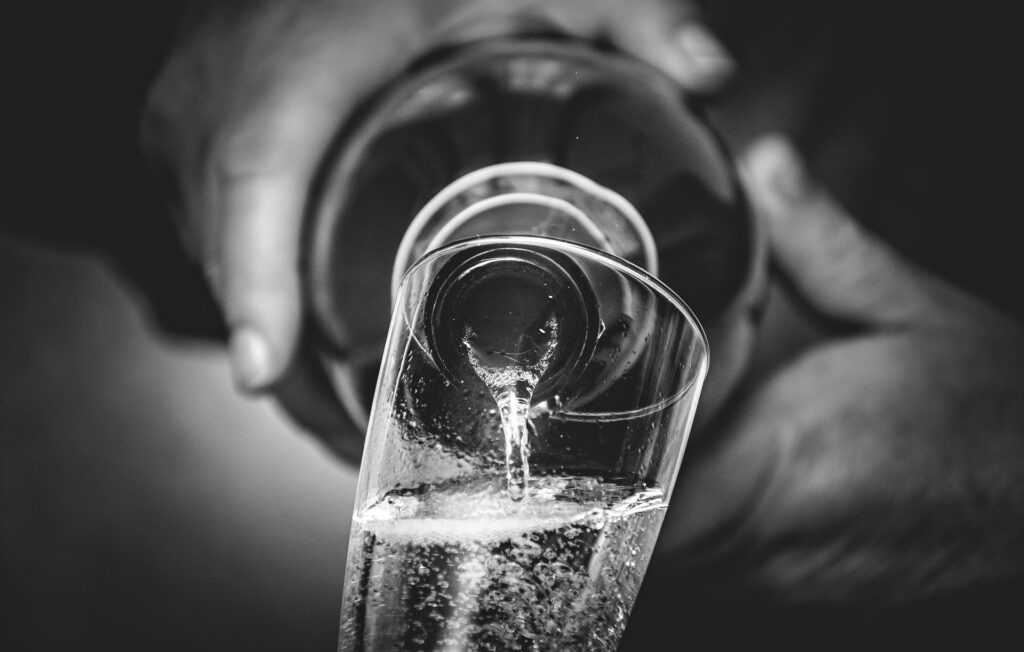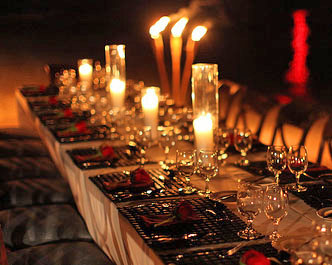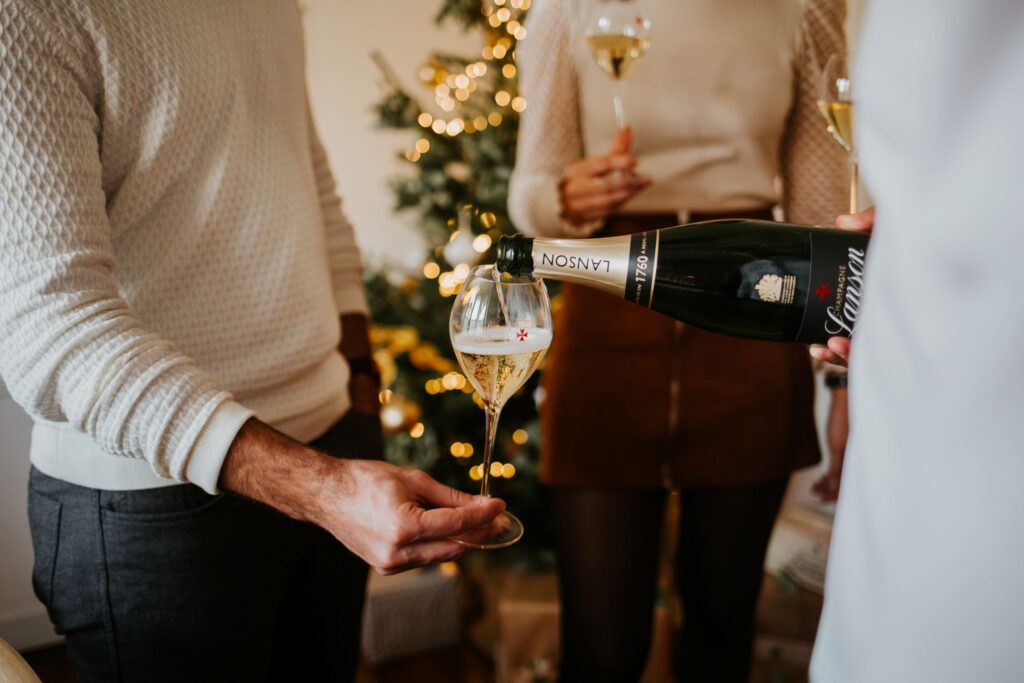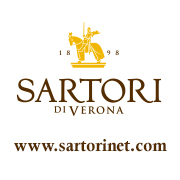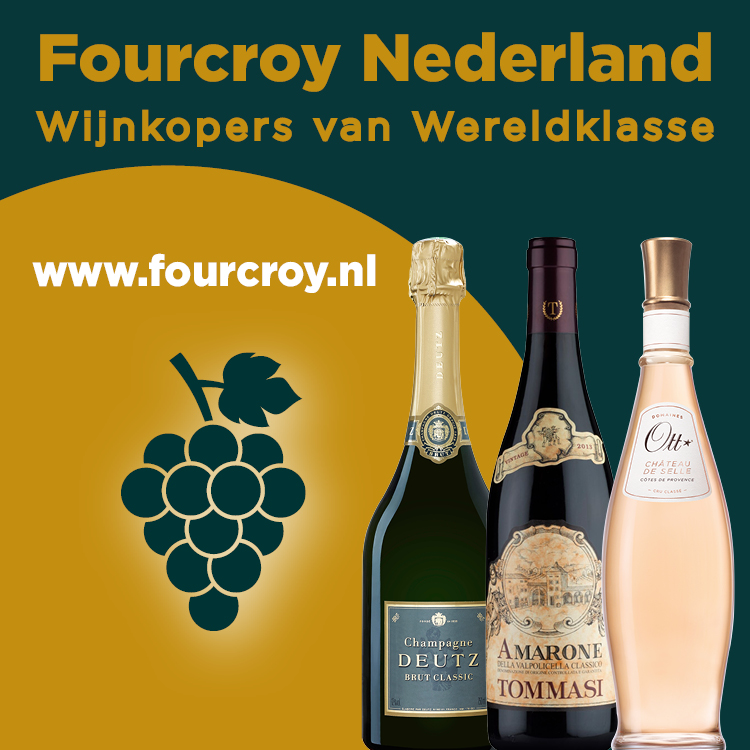Bourgogne 2009 lacht je toe
 door Michael Edwards
door Michael Edwards
Hoe zit het met het jaar 2009 in de Bourgogne? De meerdere malen gelauwerde Britse wijnschrijver Michael Edwards laat in het volgende Engelstalige artikel zijn licht erover schijnen:
Like several vintages in Burgundy ending with 9, this one put a smile on the face of the growers. Across the board, in both colours, with the usual caveat in Burgundy of tight selection, the finest wines smile back: they offer fresh opulent pleasures that come from perfect ripeness and hedonistic aromas not seen- so vividly- since 1999.
The winter had been cold, with regular snowfalls. But a rainy, mild spring came early, budbreak beginning on 7 April: the only problems then were brief attacks of mildew and oidium, which were swiftly solved. In the Côte d’Or, flowering was early and quick for Pinot Noir, longer for Chardonnay. High summer was hot, with the common intervention of rain storms, which came at the right moments to advance bounteous growth and ripening of the grapes. Intense sun in August was relieved by interludes of gentle rain which speeded up the maturation of the fruit, thus avoiding the heat stress seen in 2003. Under warm autumnal sun, the harvest began on 7 September, an ideal early date for optimal luminosity in the vineyards. Since ripeness was already looking exceptional, with no need to chaptalize, the most alert and gifted growers chose to harvest rapidly in order to preserve freshness and tension in their wine; in the cellar, there was less lees stirring than usual.
High wines of Burgundy
Some critics have already declared that this is supremely a red wine vintage and that the whites are not in the same class, lacking a little acidity. This seems wide of the mark. The best riposte comes from Gilles de Courcel, the master behind the renaissance of the venerable house of Chanson and its exceptional estate in the Côte de Beaune. Gilles explains that since the flowering of Chardonnays had been quite heterogeneous, chemical analysis could not give an accurate picture of the results. ‘It was only by tasting the heart of the cuvée, produced by the gentle pressing of the fruit, that we were able to clarify the exceptional quality of the must … first tastings from the cask have lead us to believe that 2009 is an absolutely exceptional vintage – for whites – both in terms of balance and delicacy.’ In perfectionist hands like these, acidity is normal, satisfactorily supporting the ripeness. The 2009 reminds me of 1992, a ripe white burgundy year- in the best cases, ‘09 is just as sublime. The 2009 reds are deeply coloured, and release sensuous black fruit aromas, often accompanied by exotic notes of mocha coffee. The best have good tannic structure, enhanced and strengthened by a moderate amount of new oak (about 30%). In this way, they should develop finesse quickly, but with the durable core, we suggest, to live longer than most people believe at the moment. Of course there is some variable inconsistency to be found in the reds, particularly from producers who waited vainly to pick in the hope of even greater richness and strong tannins. Some of these Johnnies- come -lately, even from famous estates, frankly taste funky – at least just now.
Delving into the detail, there are exciting wines in the Mâconnais from growers who knew how to match the opulence of the vintage with incisive minerality. For, as I learned the other day from a brilliant young winemaker and Burgundy lover in Champagne’s Côte des Blancs, minerality best expresses itself when the grape is truly ripe, rather than as an extension of acidity. Daniel Barraud in Vergisson is in stunning form as much for his simple Mâcon as for his chiselled, surgingly rich Pouilly Fuissés, which shame many a Côte d’Or wines in these straitened, price- conscious times. Talking of value, 2009 is a great vintage in Beaujolais, especially from the best slopes of Morgan and Fleurie, as at Château de Beauregard and Villa Ponciago, les Hauts Muriers. For the best quality/price ratio, the Chalonnais as usual excels – in both colours. Paul Jacqueson’s Rully Blanc 1er Cru la Pucelle is a fragrant, poised delight; the red Mercureys show an exciting contrast of styles, from the aptly named Faiveley’s Framboiserie to the creamy finesse and complexity of Aubert de Villaine’s Les Montots.
Meursault
The Côte de Beaune whites provide some exquisite bottles. Meursault is a star this year: ‘the quality and consistency across the appellation hierarchy is better than in 08’, writes the perceptive Sarah Marsh MW and editor of the respected website theburgundybriefing.com. Along the Côte, the usual culprits, especially Henri Germain and Rémi Jobard in Meursault, and Etienne Sauzet and Domaine Chanson In Puligny, stand out. Pernand Vergelesses Blanc and Corton Charlemagne are often friendlier for their fruit expression, without any loss of freshness and terroir focus. In Beaune, Jacques Lardière of Jadot’s Beaune Grèves Blanc is perhaps the best he has made since 1990.
As to the reds, there is an embarrassment of riches on both Côtes. Volnay takes the palm with a stunning array of styles from the top estates of de Montille, d’Angerville, and Lafarge. This year they are joined by a magical Volnay Taillepieds from Maison Champy, at once flying scents and rich depths precisely realised. Interestingly, other négociant winemakers with vineyards in Beaune Premiers Crus – Jadot, Chanson, Bouchard Père – have distinguished themselves with exceptional reds in Grèves, Bressandes and Vignes Franches. As always, these are good value for money. In the Côte de Nuits, Drouhin-Laroze steers the right unerring path between richness and elegance, Ghislaine Barthod’s Chambolles gain an extra dimension of finesse appropriate to the vintage and for lightly hued, ethereal magnificence, Hudelot-Noellat in Vosne stands at the top of the tree, from a simple Bourgogne rouge to the heights of Romanée St Vivant. In the same village, I was also greatly taken by the richness and propelling energy of Domaine Mugneret- Gibourg. Thanks to good yields, the Grands Crus apart, prices are reasonable compared to Bordeaux. But with a short 2010 vintage and much interest from Chinese and Korean buyers, that could change rapidly.
Chablis is perhaps the dark horse of the vintage, unusually voluptuous and often lacking the linear definition and perhaps the longevity of the outstanding 2008s. Yet the very best producers have sprung some delightful surprises. Both Billaud-Simon and especially Droin have caught delicacy, purity and minerality in their wines. The more calcareous 1er crus – Côte de Léchet, Vaillons are especially elegant and among the Grands Crus, the fragrance and fleetness of foot of Les Preuses from William Fèvre and Domaine Chanson are remarkable. Valmur of the more powerful Grands Crus shows consistently better than Les Clos, which is often loose-limbed. The exception is Laroche’s imperious yet sinfully ripe Les Clos from vines planted in 1964. In the upper vineyards on Portlandian soils there are lovely lace-like Petit Chablis going for a song from the always reliable La Chablisienne and the rising Domaine Pommier. Something to enjoy as a small relief from cuts and economic turbulence.
This articleiswritten by Michael Edwards for the Spring 2011 Issue of The World of Fine Wine.



